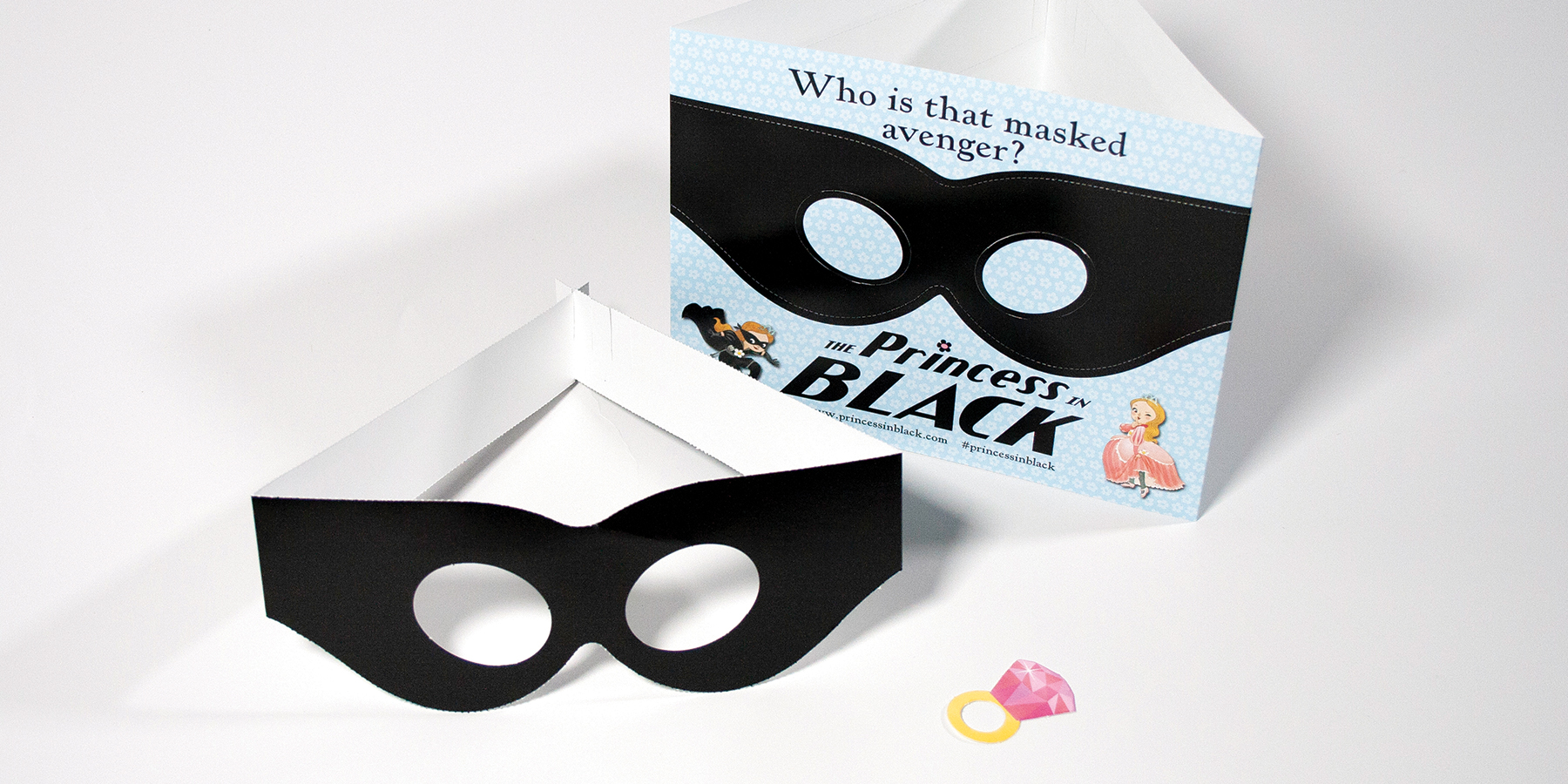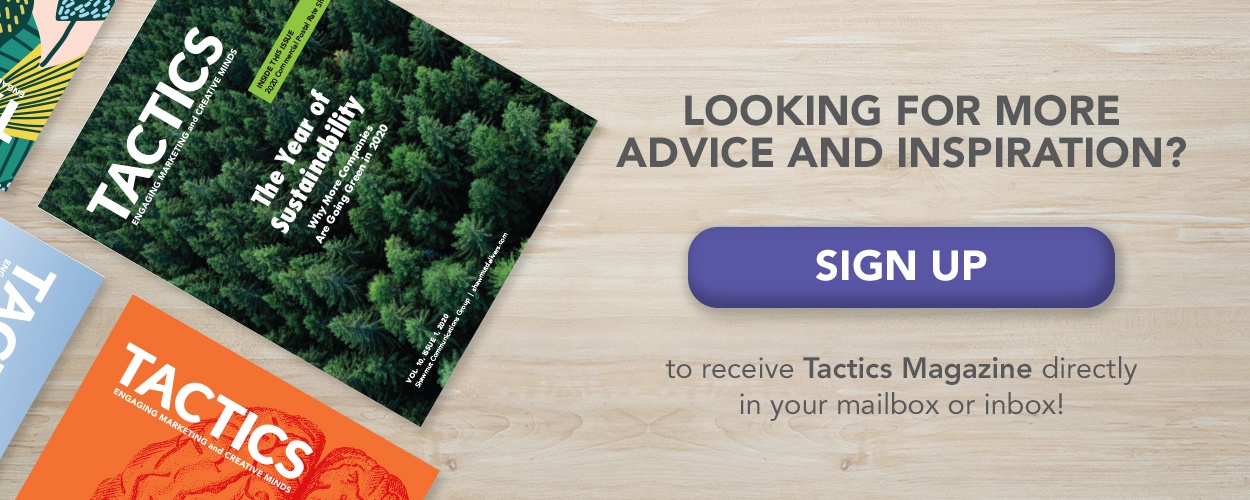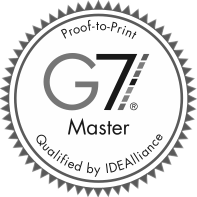In the age of artificial intelligence and virtual reality, good old print and direct mail may seem boring. After all, it’s just ink on paper, right? Wrong!
From unique effects and personalization to integrated technologies, print offers tremendous opportunities to be creative and innovative. Combine that with response rates that are generally 10–30% higher than digital channels, and it's clear to see why print is a marketing powerhouse.
So how can you push the envelope (pun intended!) with your next print or direct mail campaign? Making use of these ten engaging print techniques is a great place to start.
- Die Cutting
Die cutting is the process by which flat printed sheets are cut into the shape and structure of a final printed piece. A die cutting machine strips away any excess from the sheet and the area left behind is the actual product you intended to produce. Think of it as a cookie cutter but for paper or other print substrates.
Although there are various types of die cutting, including flatbed (the most common), laser, and rotary, each approach uses a pre-made die created from a dieline. That’s why the first step in any die-cut project is to develop the dieline that will be placed into the artwork. If you’re new to working with dielines, it’s a good idea to look online for available resources and templates. You may find an existing dieline that suits your needs or one that you can easily modify instead of starting from scratch.
Die cutting is a fantastic way to make your print piece stand out. It can be used to create unique shapes and patterns as well as interactive pop-ups or layering effects. Use this technique to add dimensionality to a printed piece or reveal new content through the use of perforated windows. The options really are endless.
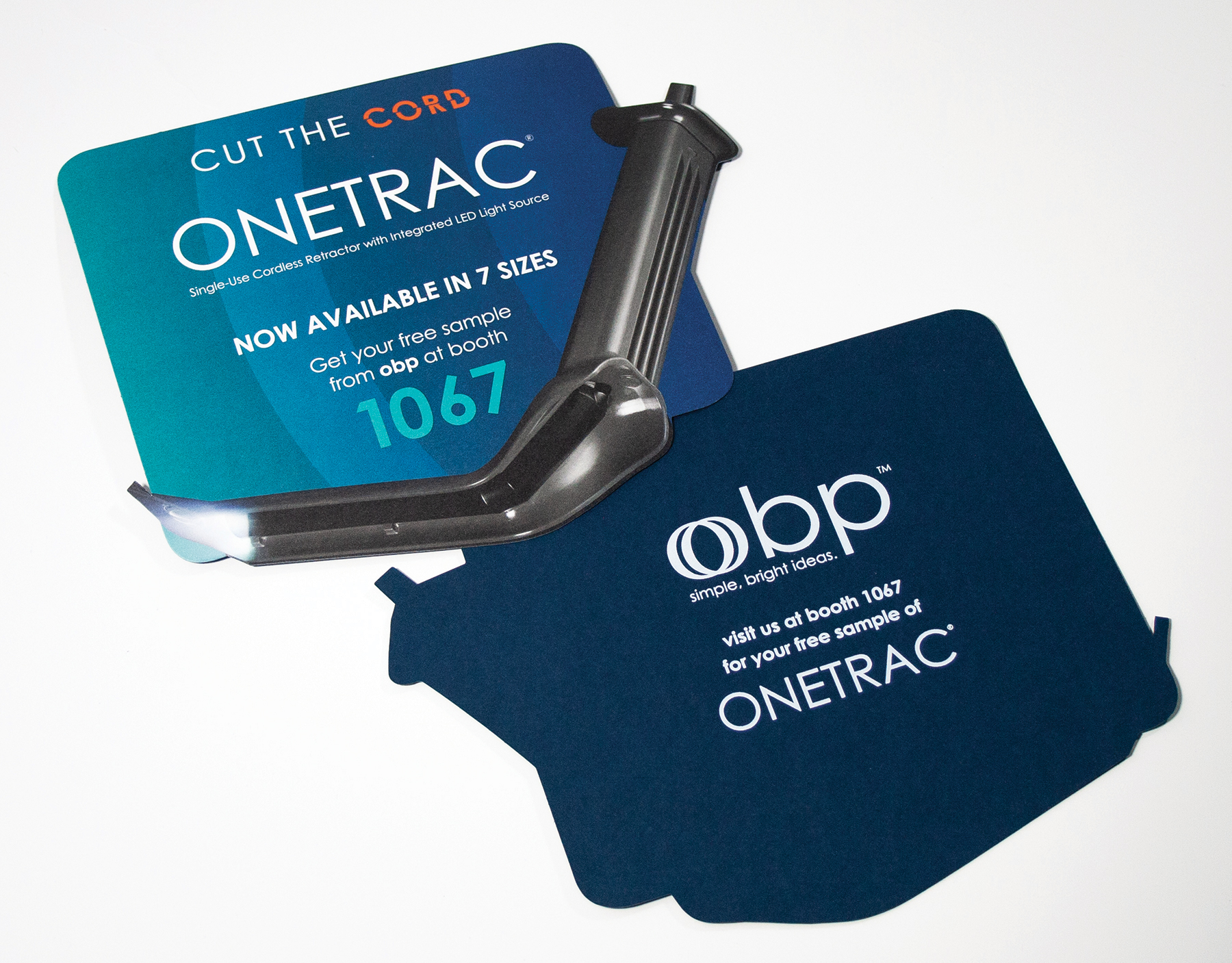
- Foil Stamping
People like shiny things. They catch our attention. So why not use that to your advantage in print?
Foil stamping allows designers to add a little sparkle to their print materials. Like die cutting, foil stamping uses a pre-made die to adhere a mylar-backed foil (not ink) to the printed page or colored stock. The difference is that a foil stamping die is heated. When the die heats up, the foil sticks to the design of the die when it’s transferred or imprinted onto the printing substrate. That’s why it’s referred to as stamping.
Foil stamping is offered in a variety of materials and colors, including pearlescent, metallic, and clear styles.
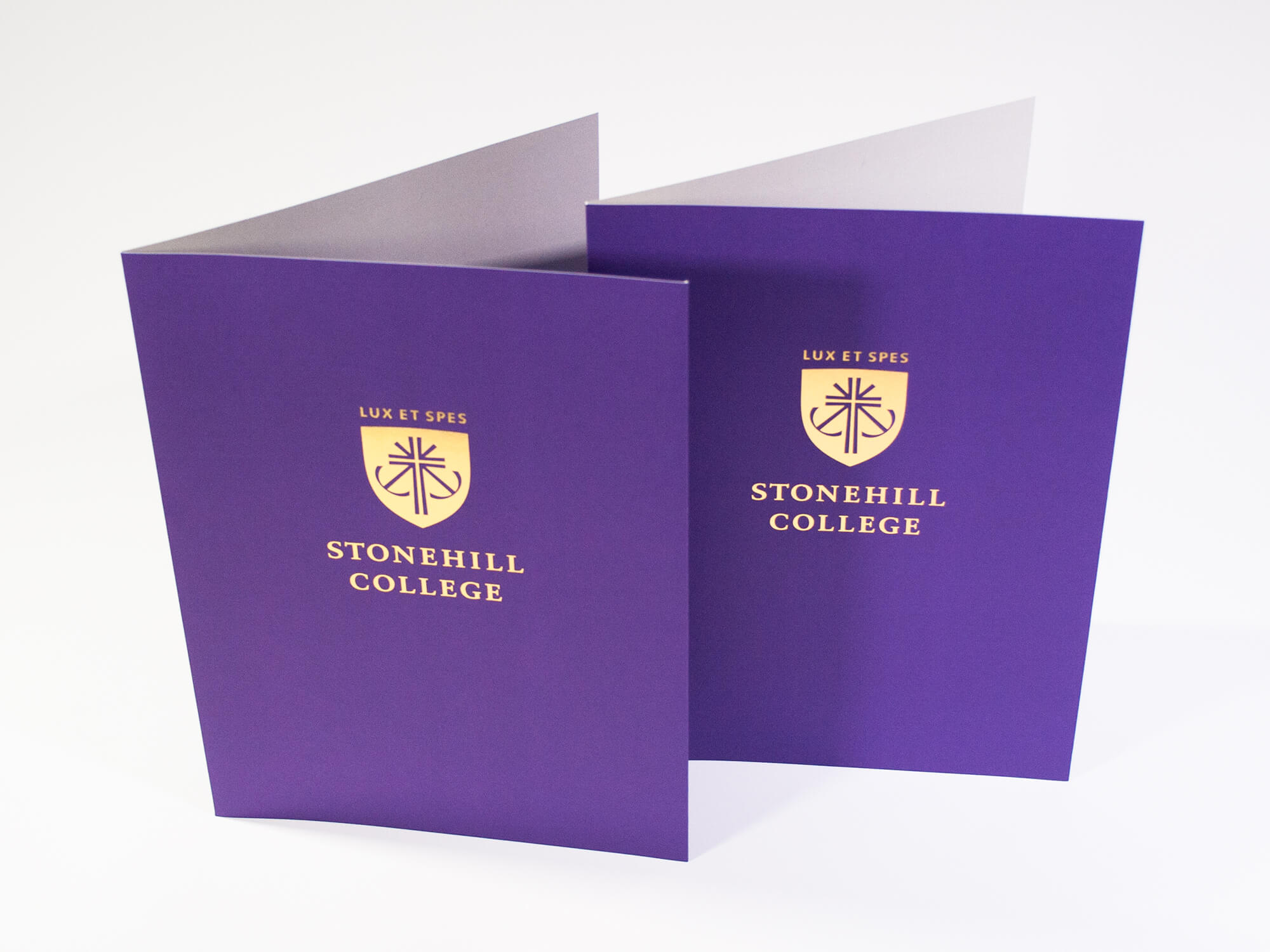
- Embossing and Debossing
Want to add an elegant, yet subtle touch to your next printed piece? Embossing and debossing are a great way to make people take notice without overdoing it. Each option creates a tactile effect which is proven to generate a higher response rate and brand recall.
In fact, in a 2015 study conducted by Sappi Fine Paper and Dr. David Eagleman showed that our sense of touch significantly impacts our ability to understand and remember what we read. During their research, they conducted an experiment where subjects were asked to read a company brochure on high-quality coated paper vs a lower-grade paper. Not surprisingly, people reacted most favorably to the brands shown on high-quality paper. Even a week later the name recall for those brands was 3 times higher than those that were shown on low-quality paper.
Adding an emboss or deboss can have the same effect. Embossing uses a die to raise elements of your artwork from the paper to create a three-dimensional impression. Debossing is a similar process, but the die is designed to lower the surface of the paper, creating an inward effect. Recipients will take notice and spend additional time interacting with the embossed or debossed areas of your design. This technique can also be combined with foil stamping and die cutting to add greater impact to your materials.
- Specialty Coatings
Depending on the printing method used for your project and the material you’re printing on, there are a variety of coatings available to further enhance your design. In some cases, a coating is also used to protect the printed sheet from scratches and fingerprints. You can also combine multiple coating techniques such as an overall soft touch and spot UV to add interest and intrigue to your materials.
Here are just a few of the most popular coating styles that can help you grab your audience’s attention.
- Soft Touch
Soft touch is one of our favorite coatings. This liquid, somewhat rubbery coating dries quickly and gives paper a soft, velvety texture and a matte look. Soft touch can be applied to a variety of materials and its unmistakable texture gets a positive response from almost everyone that interacts with it.
- Spot UV
As the name indicates, a spot UV is used to highlight specific areas (or spots) of a print piece and adds a ton of visual interest. To get the most dramatic results, a spot UV coating is typically applied on top of a matte coating to create a stark contrast. The spot gloss areas really pop off the page as they reflect light.
- MotionCoat™
MotionCoat™ is a patent pending UV coating system. When used in conjunction with vector-based artwork, MotionCoat creates an amazing motion-like image. This unique coating works best on heavy, dark coverage ink areas. In the right instance, MotionCoat can really
wow your audience.
- Soft Touch
- Raised Ink Printing
Raised ink printing is a head-turner. As the name suggests, the ink is raised off the page creating a similar tactile effect to an emboss. However, since only the ink is raised, rather than the paper itself, the back of the sheet remains flat to the touch. If you have a piece that’s printing two-sided, raised print will not interfere with messaging on the opposite side.
Raised ink is transparent; however, designers can also add color to it for their designs. It can be put down in three levels—medium, high and highest—which is something that should be specified to your printer when quoting your project.
Want to see a sample of raised ink printing? Request a copy of our sample book for digital printing.
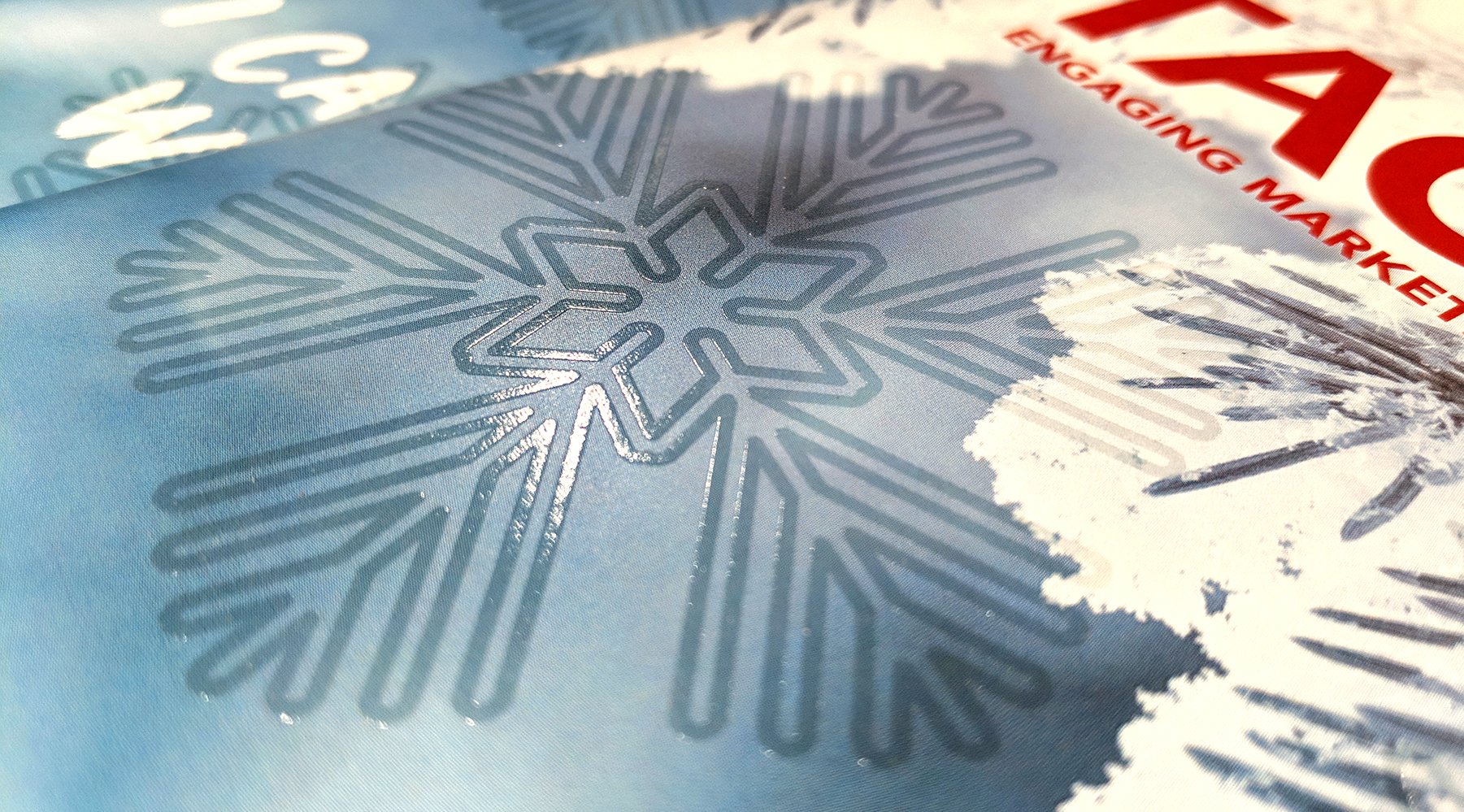
- Specialty Inks
Printing is no longer limited to CMYK. Brands can achieve a near-perfect color match by using Pantone colors and specialty inks let you explore some new possibilities. A few of our favorites include metallics, white, and fluorescents.
- Metallics
Metallic inks contain actual metal! Particles from copper, aluminum, bronze or zinc are mixed into a varnish to create the ink. When the ink dries, those metallic particles rise to the surface to reflect the light and create that metal look. This is why metallic inks look best when used with a dark colored paper. Metallics can create a similar effect to foil stamping, but they are less expensive to use because they do not require a die. They can also be used with a wide variety of printing equipment including conventional offset, UV offset, or digital printing presses.
- White Ink
White ink opens up a new world of possibilities when it comes to printing on dark substrates. You can also use white ink as a “backer” when printing on colored stocks or other substrates that might affect color output. For example, if you were printing an image on a clear frosted acrylic substrate you may want to lay down white ink below the image so that it doesn’t look muddled.
- Fluorescents
Creating truly vibrant pieces is another way to make sure your print piece is noticed. By adding fluorescent inks you can achieve radiant spot colors and even glow-in-the-dark effects under UV light. Talk about a wow factor!
- Metallics
- Unique Substrates
Using substrates other than paper is often dictated by usage (i.e. printing on outdoor signage or apparel) but in other cases, it’s another opportunity to get creative.
Consider this scenario: you attend a trade show and collect several business cards throughout the event. If you’re lucky, you’ll remember half of the people you met. But then someone hands you a metal business card. Whether its metal, wood, Sintra or another unusual substrate the material sparks an interest (and likely a conversation). You’ll hang onto and remember that card.
Unique substrates for print and direct mail offer enormous opportunity to appeal to a customer’s sense of touch, ultimately influencing recognition, recall, and purchasing decisions.
Not sure what kinds of substrates you can print on? Learn how to go beyond paper with our substrate guide.
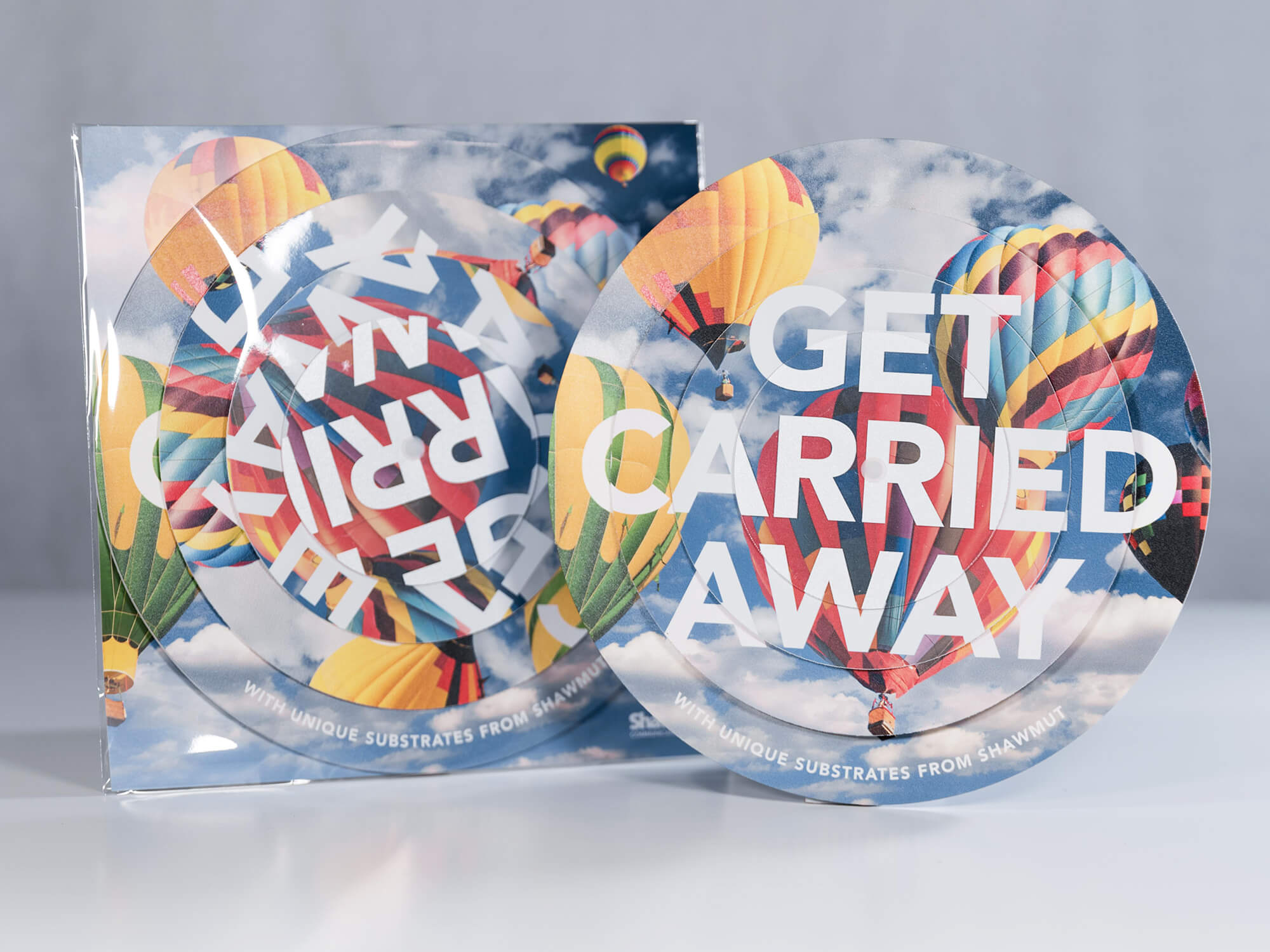
- Colored Paper
Because most projects are produced with 4-color printing, paper can give you one extra color to work with. Using paper as the fifth color, you can choose colors based on how non-opaque inks will look when the paper shows through. Plus you may find new ways to combine and mix colors to create a fresh look.
This strategy can also help you enhance your photography. For example, the color of your paper can shift an image from cool to warm, sending an entirely different message.
- Overprinting
By default, the most commonly used print design software will automatically “knock out” any artwork element below another. This prevents all the colors in your design from being printed on top of one another creating muddied colors—or worse,“ghosting” which occurs if printing plates aren’t exactly aligned. Although in most cases you want to avoid overprinting (and your software will automatically help you do so) there are cases where an intentional use of overprinting can have a neat result. Plus, if you are working with a limited budget and only printing with a few colors, overprinting can help you achieve a third color without any additional cost.
- NFC
Print comes alive when it’s combined with the power of Near Field Communication or NFC. This technology offers the ability to drive people from a printed piece to a website without the use of a URL or QR code.
Beyond that, NFC chips can be reprogrammed easily so consumers can scan the same printed piece again and again to access new content. This can significantly extend the shelf-life of your printed piece and impress customers who can unlock new content with a wave of their smartphone.
These ten print techniques are just a few of the ways you can wow your customers and boost response rates. Although print already offers one of the highest response rates, don’t settle for the average by sending the same materials as everyone else. Instead, get creative and be different by using all of the print techniques and technologies available to you.
This article first appeared in Tactics Magazine, Volume 8, Issue 6.

